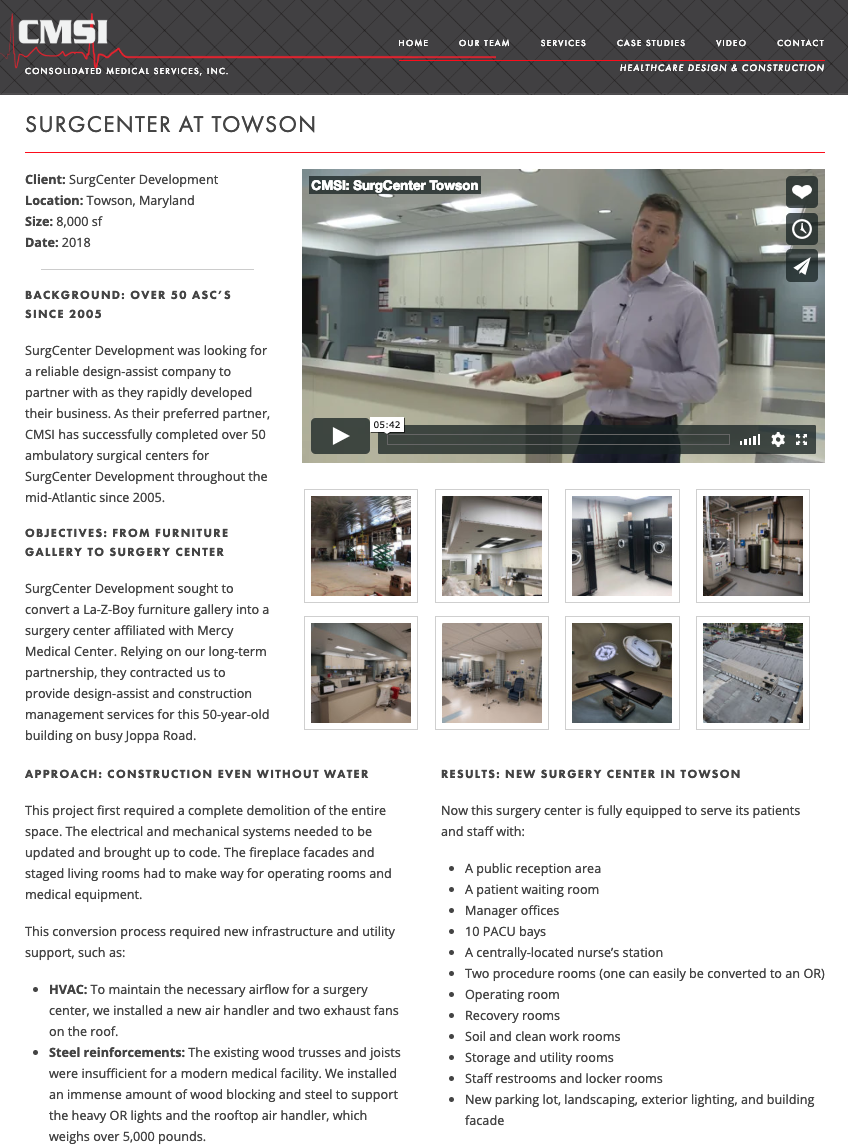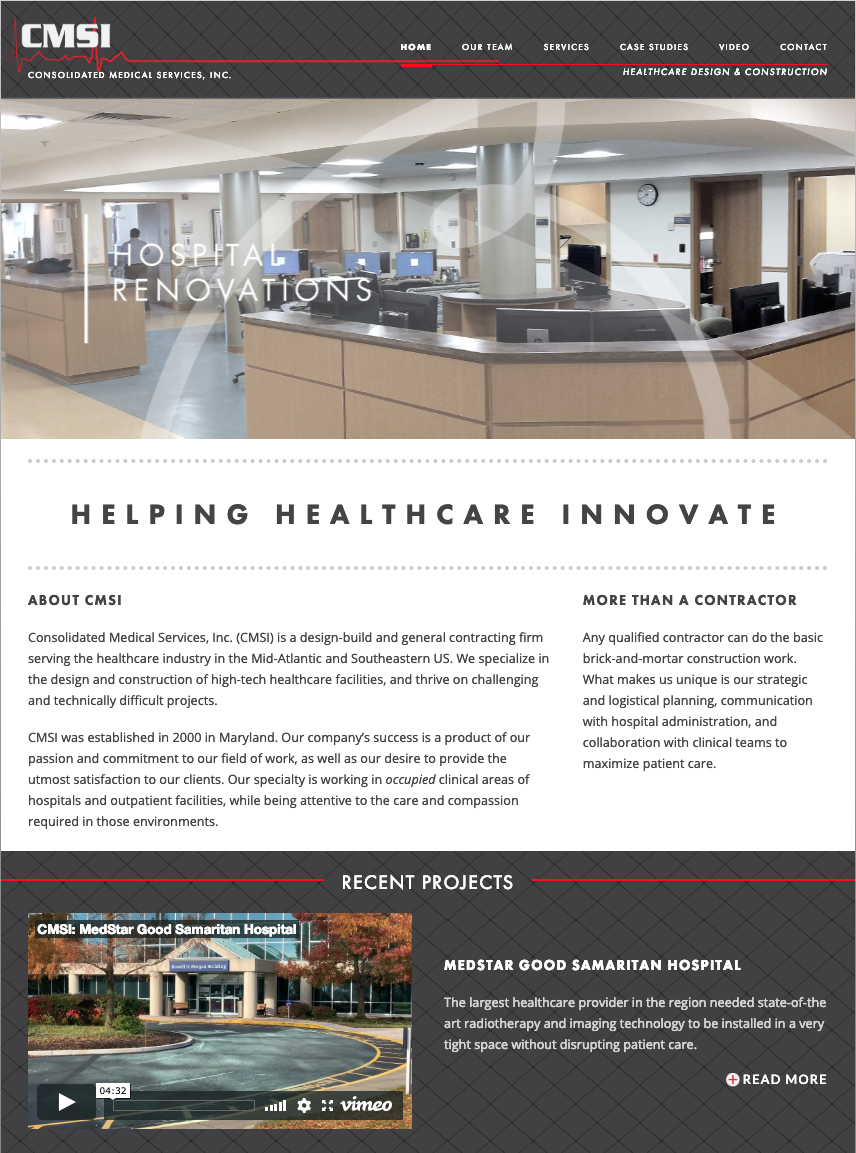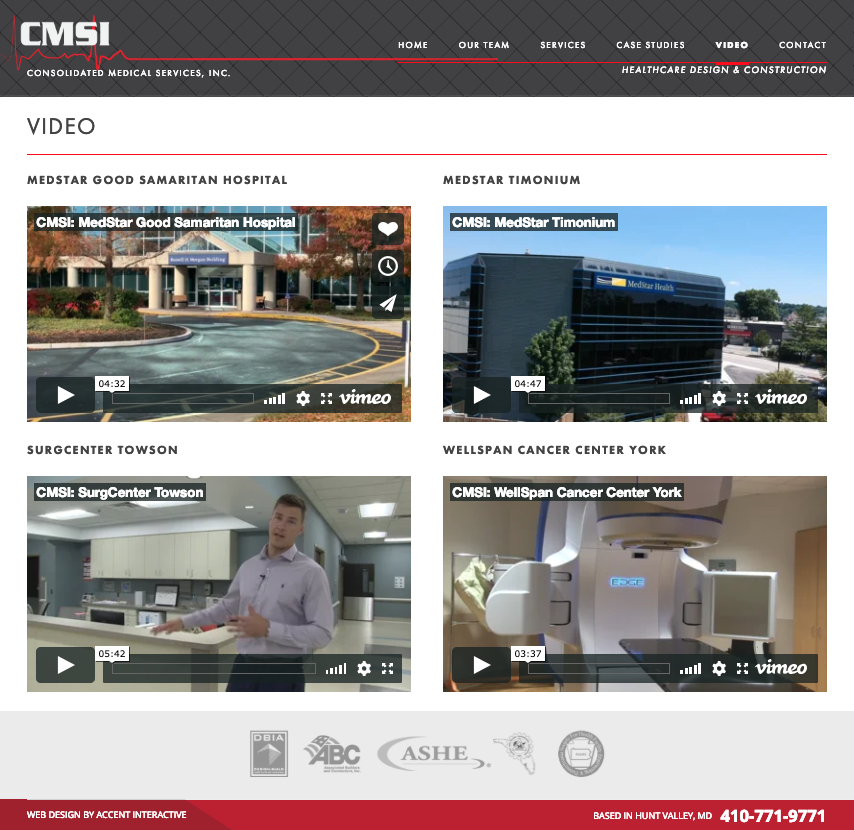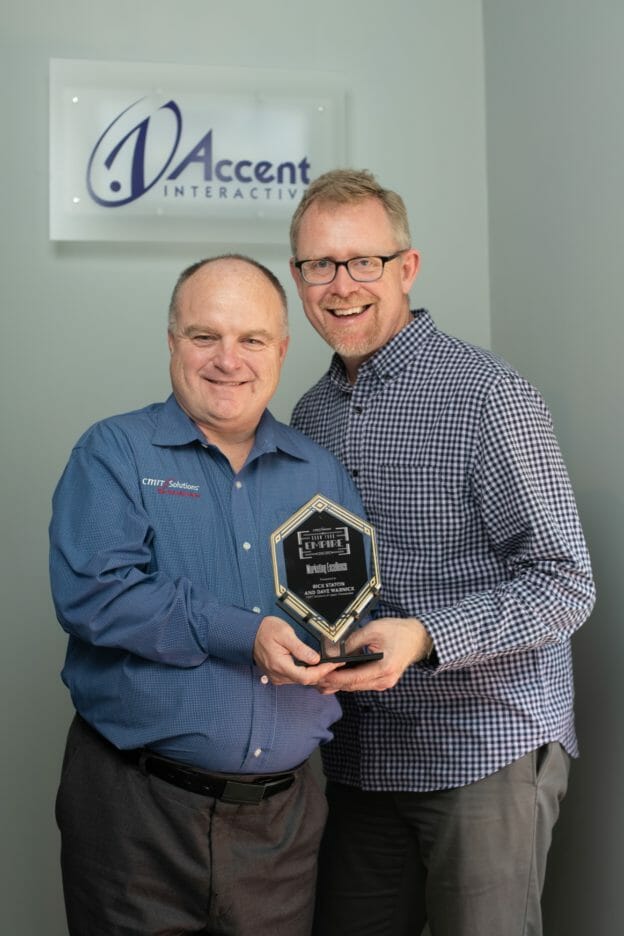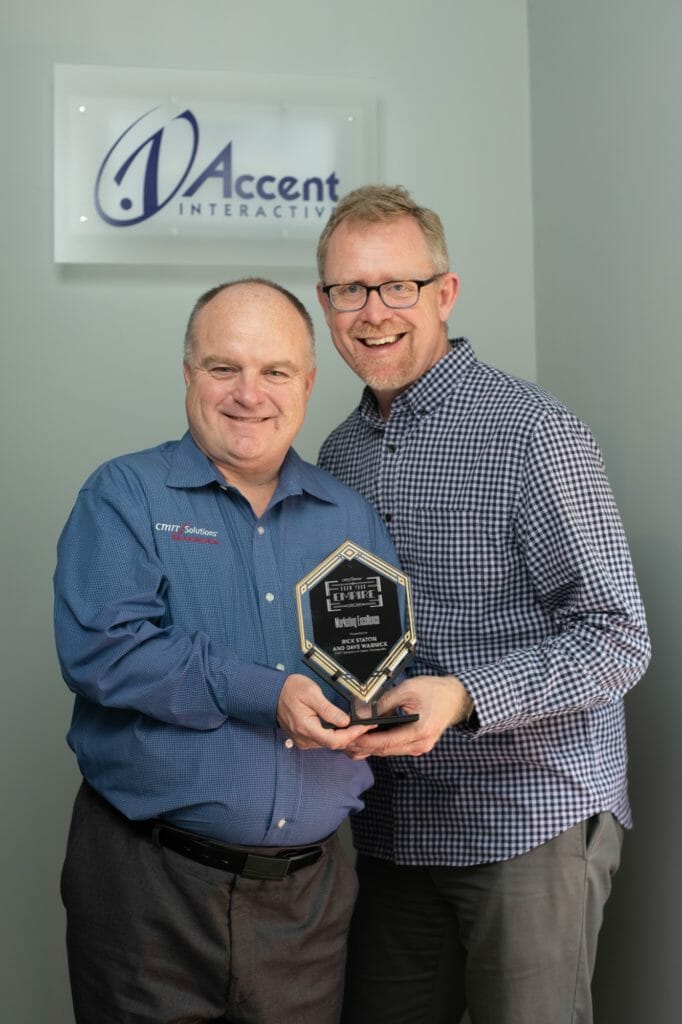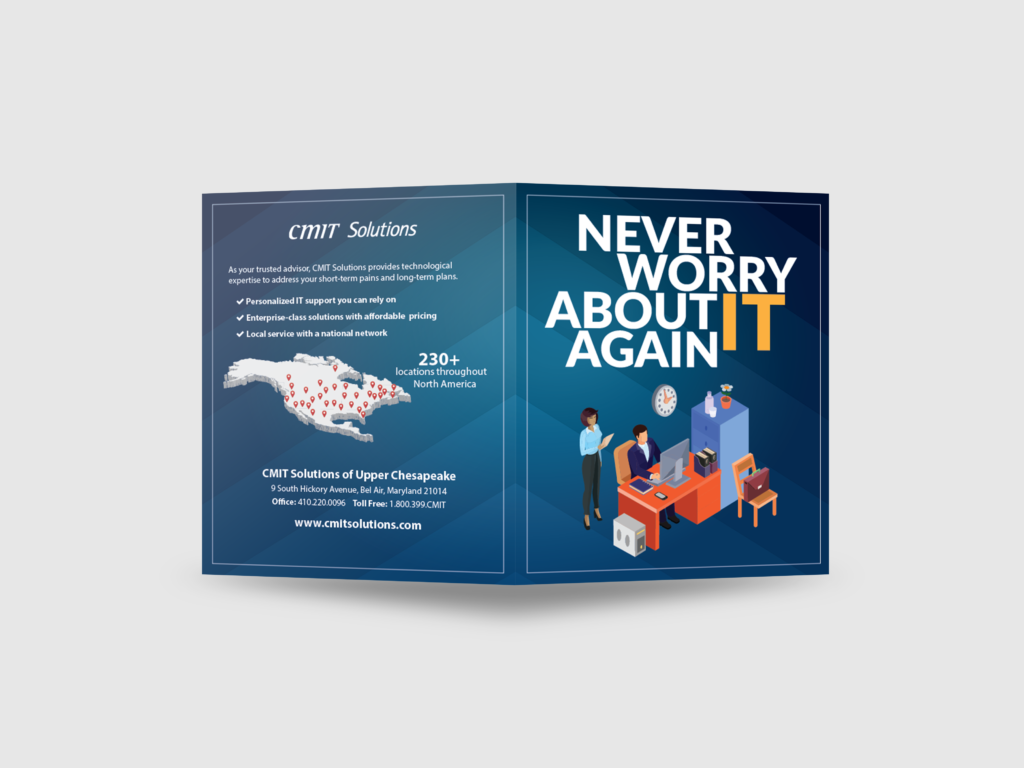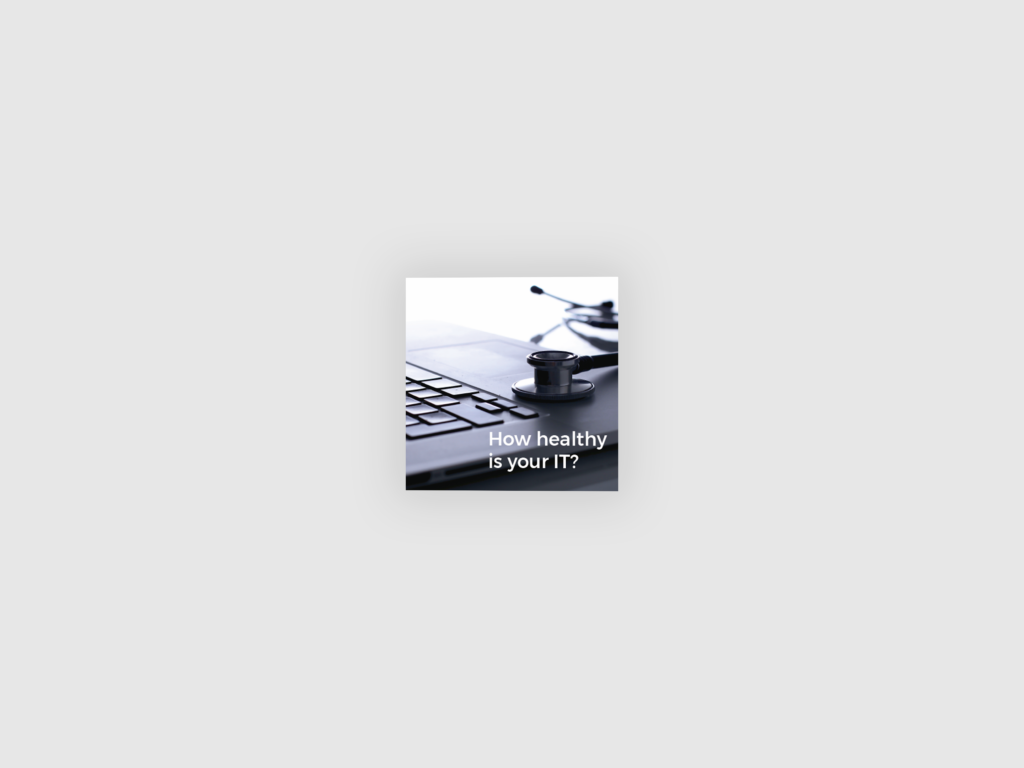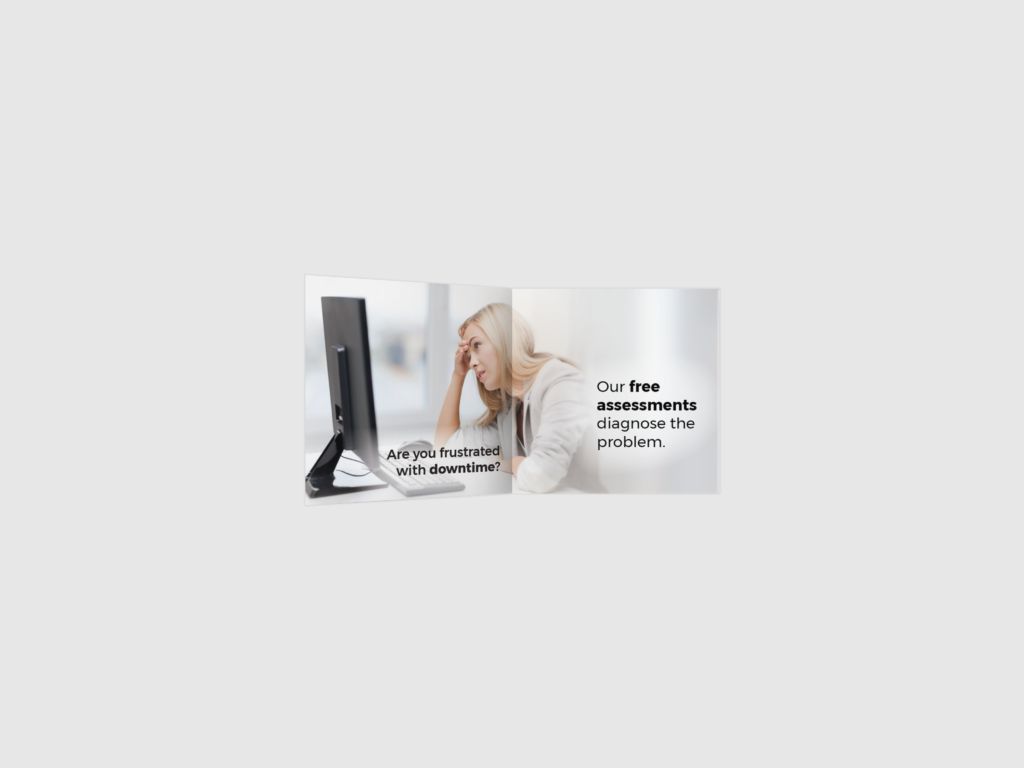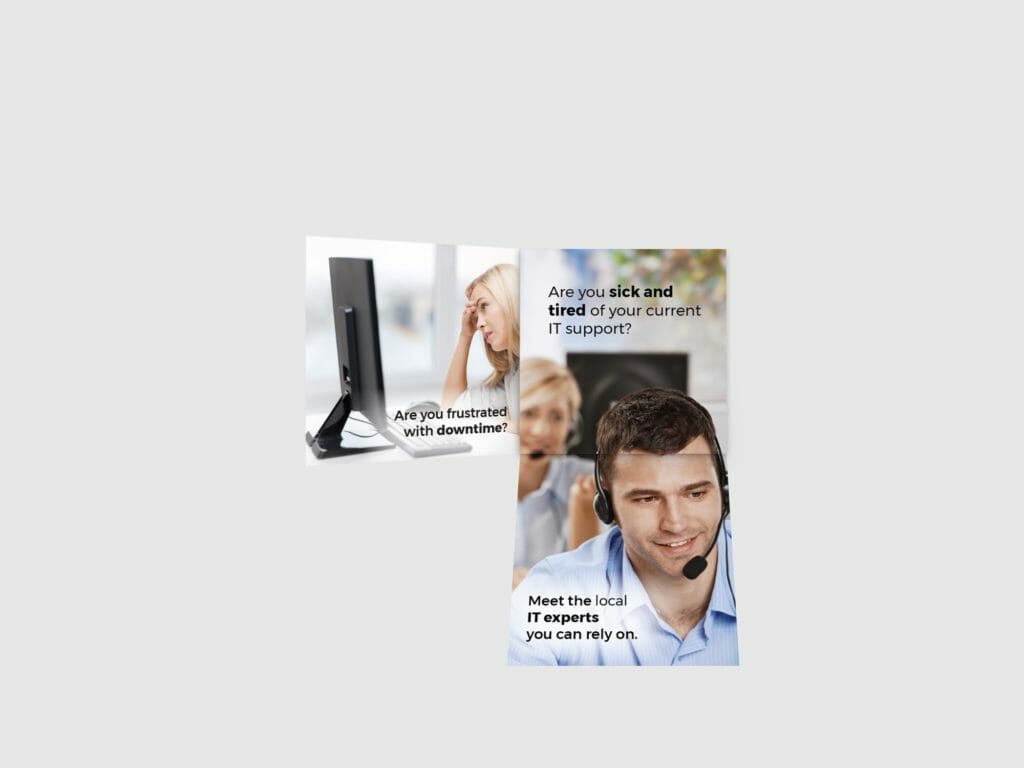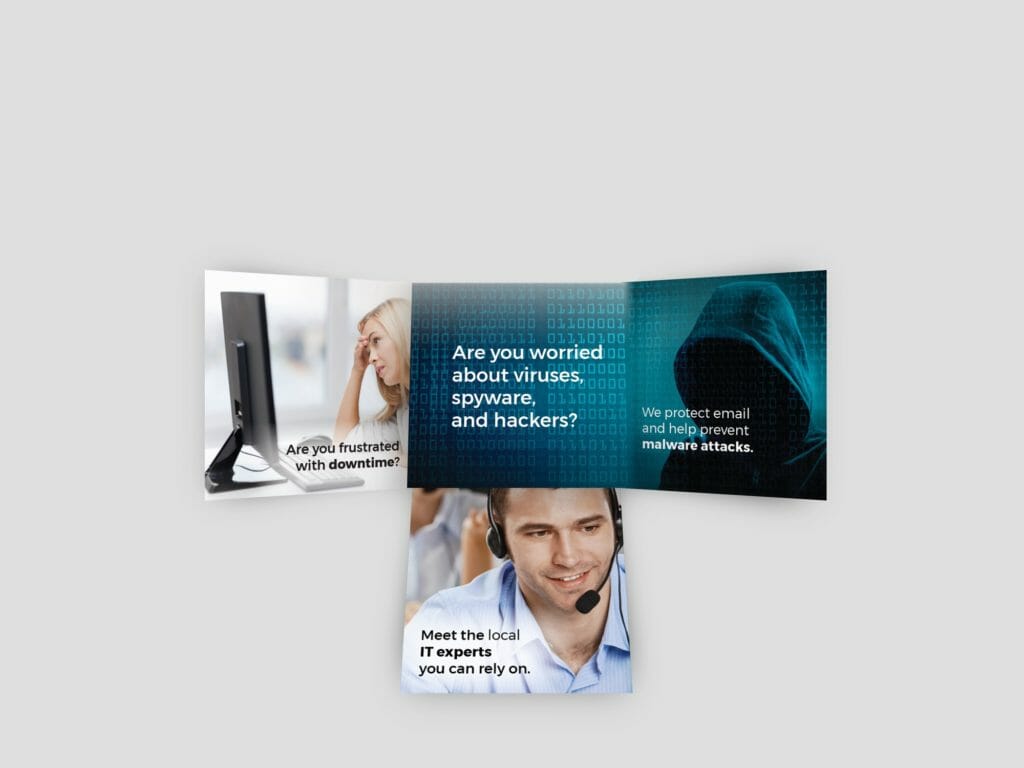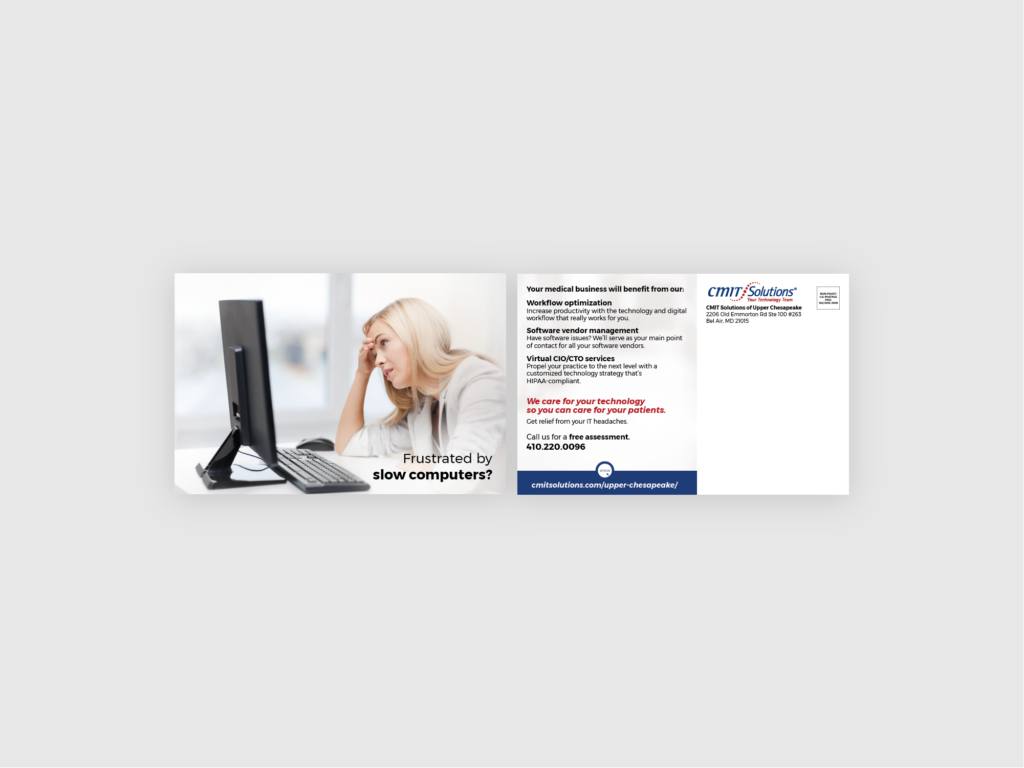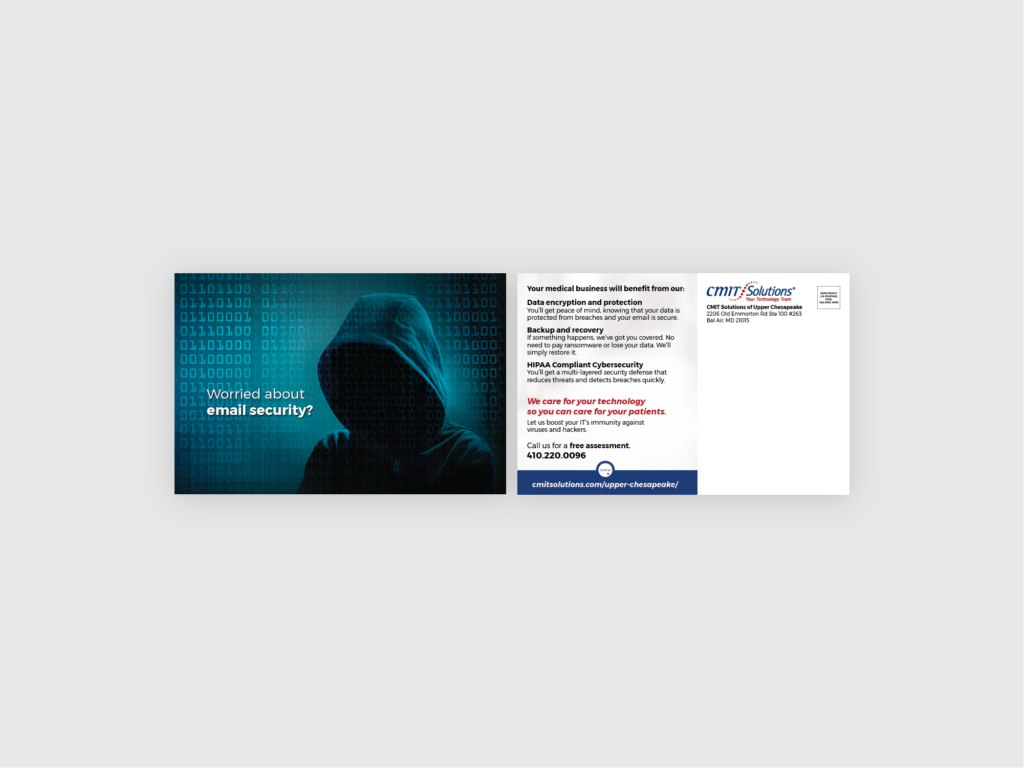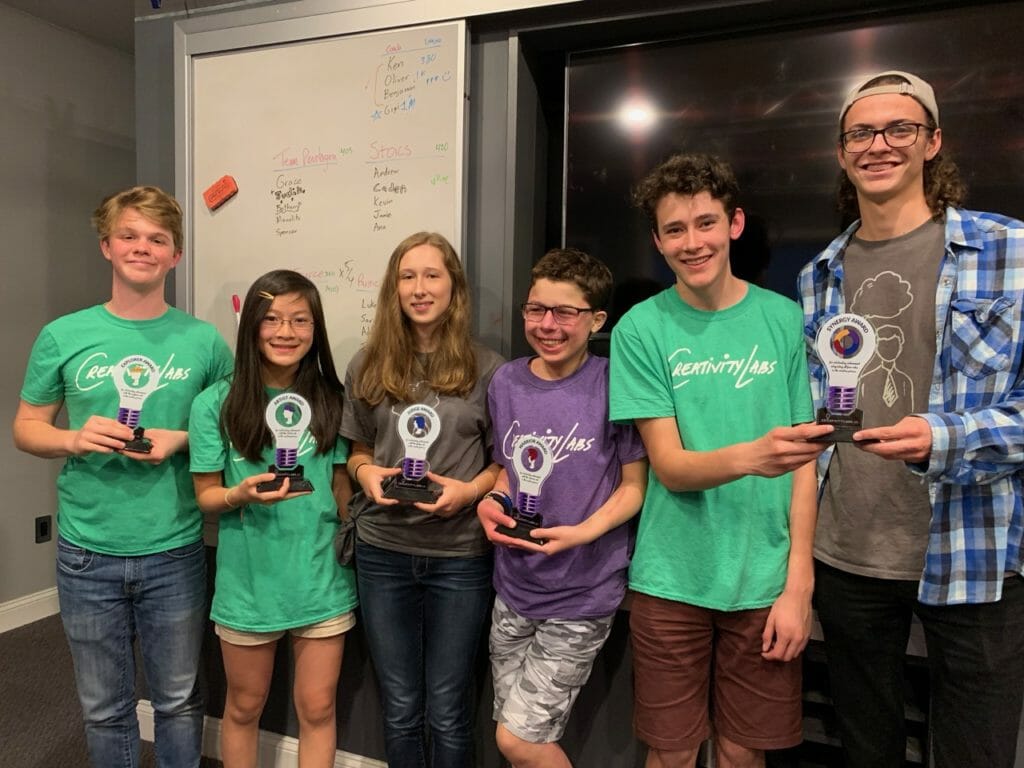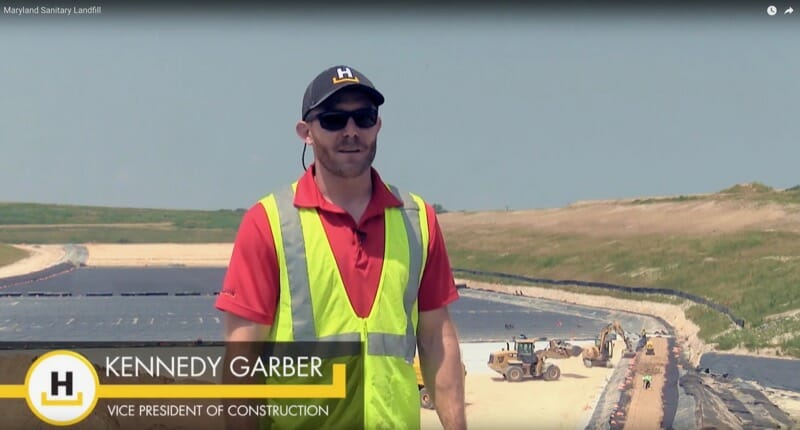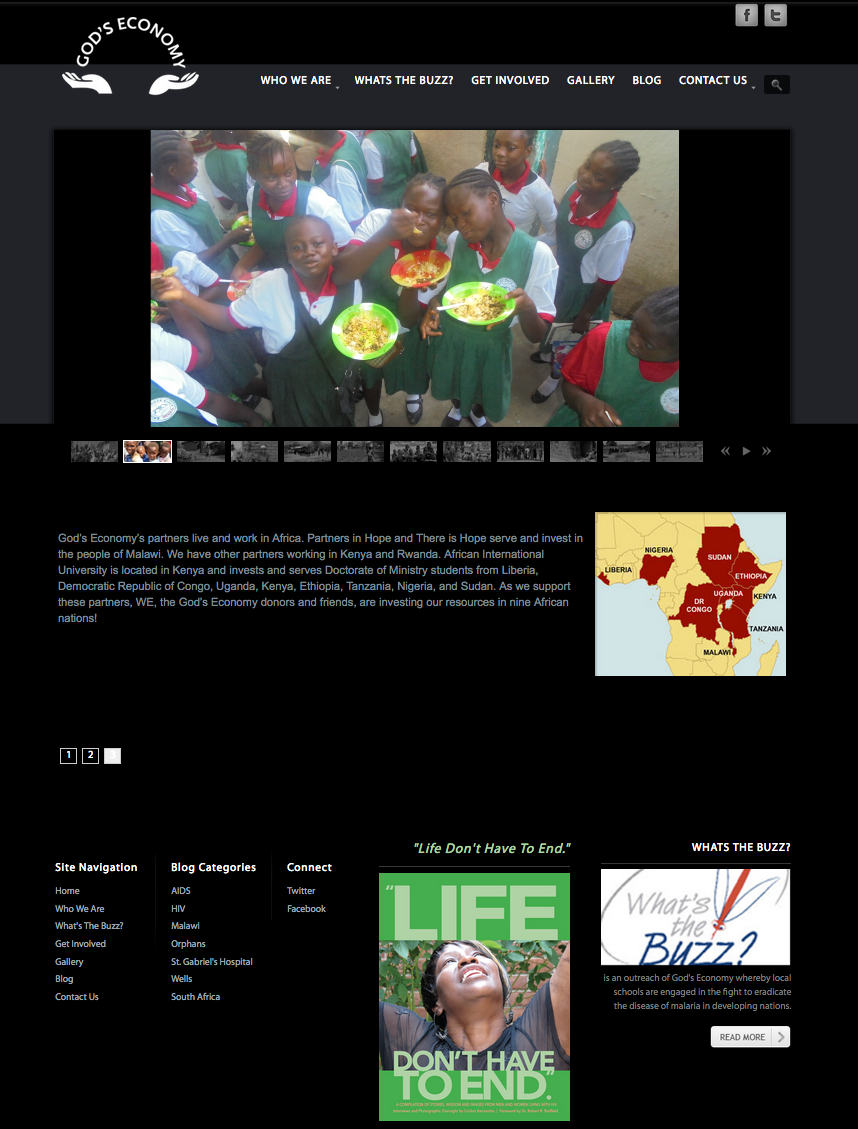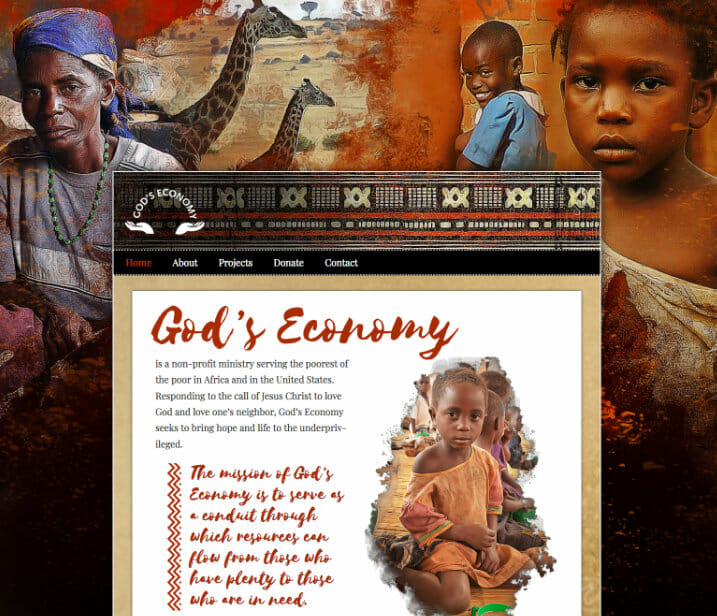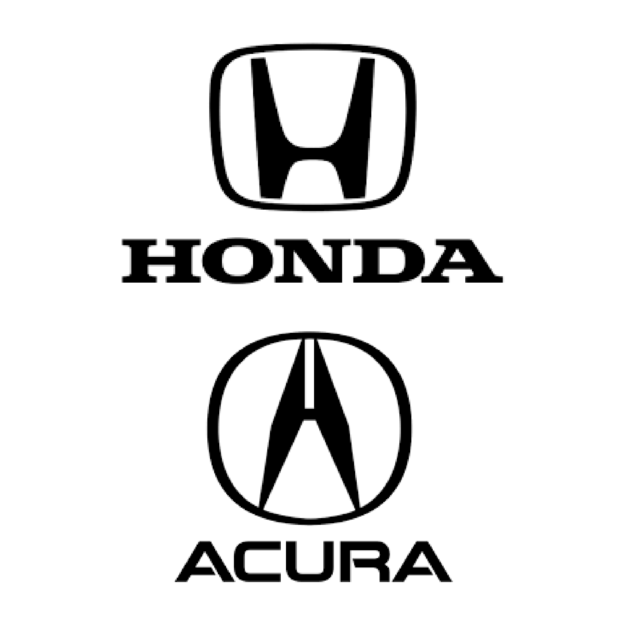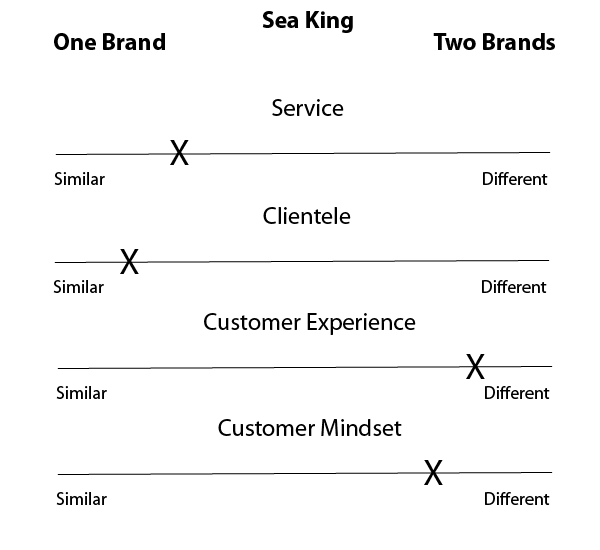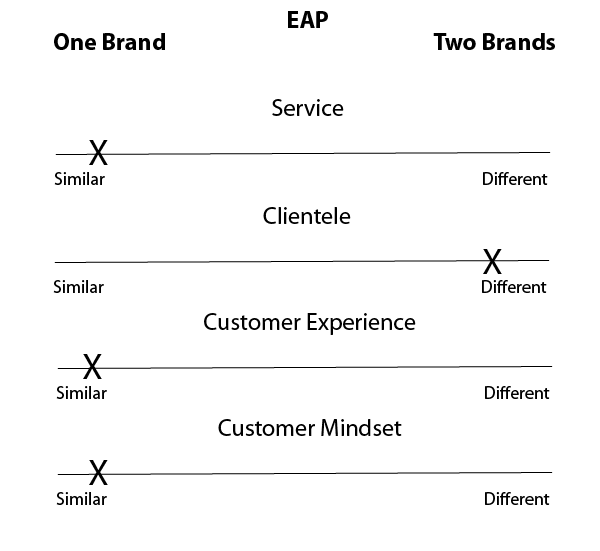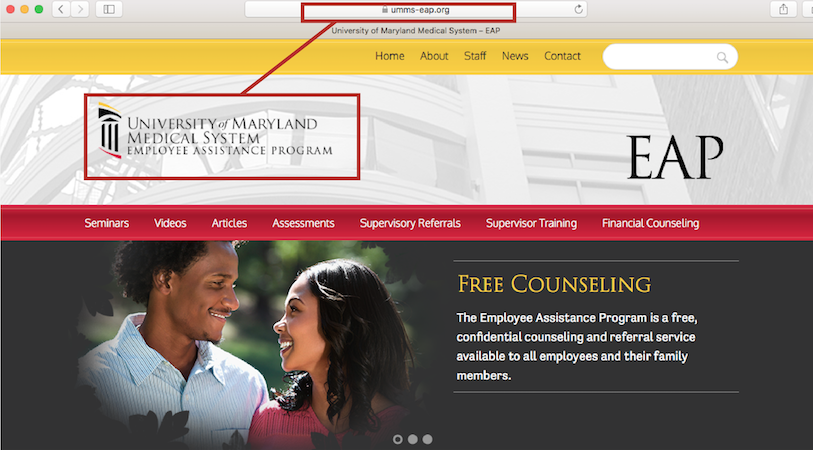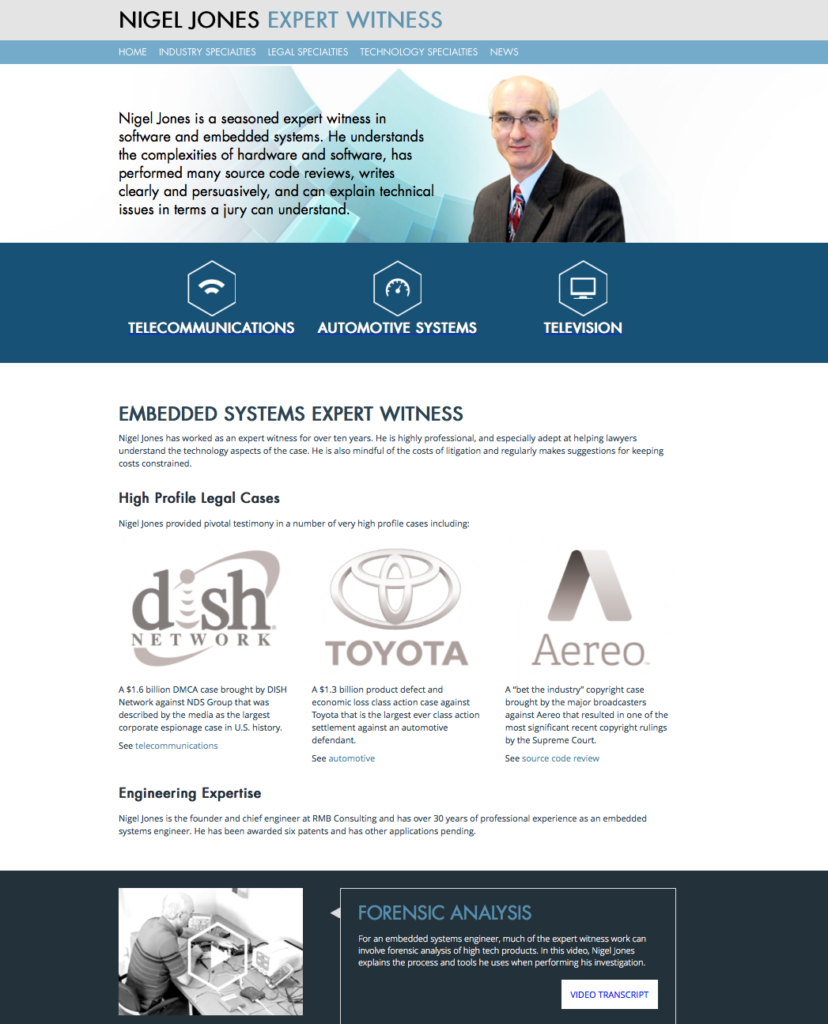Throughout America and around the world, business leaders are reeling from the impact of COVID-19. How you respond will determine the success of your business—not just during the immediate pandemic, but in the years of aftermath to come.
We’ve observed three different kinds of responses that business leaders have had to COVID-19. Which one describes you?
Business Leader Responses to the Coronavirus
To describe it metaphorically, imagine if business leaders are all on a road trip. Each one is on their way to fulfilling their company’s mission. En route to their respective destinations, a common obstacle arises—in this case, COVID-19. In response, what a leader does with their business can be likened to what a driver might do with their car.
- Parking
These business leaders pull over and stop any forward movement. There is no plan B, and plan A can’t be implemented. So, they intend to wait it out, and they assume business will return to normal once restrictions are removed. - Detouring
These business leaders want to keep going, and they realize that things must be done differently—at least, for now. They come up with a plan B for the time being to keep some business in motion. But they intend to return to plan A once the pandemic subsides. - Rerouting
These business leaders assume that things won’t return to normal. They come up with a plan B that becomes the new plan A. They reinvent how they deliver products and services for the long-term. It’s a completely different way to achieve their business goals.
Business Leader Case Studies
Here are some case studies that illustrate the three different responses. All of these come from people we are working with through this pandemic.
1) Parking
Business Leader: Hair salon owner
Plan A: Give haircuts in the salon
Plan B: None
We know a hair salon owner who is waiting at home until her business can reopen. She is still getting paid through the government’s unemployment benefits. So, for her, it’s a welcome break from work. Now she has time to pursue hobbies such as gardening. She assumes that once hair salons reopen, her regular customers will be back just like they were before. No more at-home haircuts for them.
2) Detouring
Business Leader: Makeup artist
Plan A: Give makeup services in the salon
Temporary Plan B: Create video tutorials on do-it-yourself makeup tips
Some business owners are using COVID-19 for creative business opportunities. For example, this makeup artist has started her own YouTube channel to teach people how to beautify themselves at home. It might only be temporary, but it still helps clients while they can’t get to the salons.
UPDATE: We just learned that this business leader is also considering starting a new online product to train others in the industry. By creating digital video classes that can make money during a prolonged shutdown, she is moving toward “rerouting” (see below).
Business Leader: Commercial equipment distributor
Plan A: Sell equipment in person at tradeshows
Temporary Plan B: Market equipment through print and digital media
Another example of a detouring response is a retail company we’ve helped. They sell and distribute commercial equipment. Their plan A was to sell equipment at tradeshows and at potential customers’ workplaces. Once COVID-19 hit, they came up with plan B.
They assume that customers will still need the equipment. Instead of in-person consultations, however, the new marketing plan involves direct mail and social media campaigns. Once social distancing restrictions are lifted, this company plans to resume attending tradeshows and visiting customers.
3) Rerouting
We’ve helped various business leaders who are creating completely new ways of delivering their products and services—not just for the immediate future, but perhaps permanently.
Business Leader: Workshop trainer
Old Plan A: Give workshops live in a classroom
New Plan A: Give workshops virtually through webinars
We’ve helped a workshop leader who used to provide in-person training. When COVID-19 made that impossible, he was stuck. “I guess I can’t do any training this year,” he figured.
When he came to us, we coached him through the process of reinventing his delivery method. That’s when he realized he could go digital. We helped him leverage technology to offer a series of webinars. This included helping him create the webpage, training him on the video platform, and creating an online system for students to register and pay.
This new delivery method benefits both the workshop trainer and his trainees.
Business leader benefits include:
- Saving money. The operation costs are lower because the expense of rented classroom space is eliminated. Therefore, the trainer can offer the workshops at a lower price.
- Having a scalable model. Instead of being limited to the classroom space, this trainer can now open up the workshops to anyone with an Internet connection. This provides the potential for exponential business growth.
Client benefits include:
- Learning incrementally. Each webinar is only one hour. This bite-sized chunk of time is easier for learners to digest, compared to the previous in-person classes that lasted several hours at a time.
- Having greater accessibility. Since the training is even more affordable, more participants can attend. Also, due to the digital platform, people can join from all different locations and time zones.
In fact, the virtual training is so advantageous, the workshop leader is now thinking, “I might do training like this all the time.” The pandemic forced him to think creatively, and as a result, he’s found a solution that really works for him and his clients.
Business Leader: Career coach
Old Plan A: Provide all coaching and training in real time
New Plan A: Provide some coaching and training in real time and some on demand
We’ve also helped an organization that offers career coaching and training. Originally, all of their coaching and training took place in real time, whether it was in person or remotely. Once the pandemic hit, this organization saw it as an opportunity to revamp their services.
As we worked with this organization, they realized that some parts of their program were standard for everyone. For example, each client would receive the same explanation on how taking a particular assessment would help them. The organization realized that they could record these parts on video and make them available on demand.
We helped them develop an online program that incorporates the newly digitized teaching segments. It features training modules, videos, PDF files with instructions, and step-by-step checklists to move from one level to the next.
Consider how this new platform benefits both the coach and the client.
Coach benefits include:
- Saving effort. Now coaches don’t have to repeat themselves unnecessarily for each client.
- Saving time. Before, 5 hours of coaching might take the coach 7–8 hours, due to the extra work needed in addition to the actual coaching time. Now, thanks to leveraging the power of technology, the same content can be covered in only 2–3 hours.
Client benefits include:
- Increased flexibility. Clients can walk through the training modules step by step according to their own schedule and can track their progress.
- Greater retention. The new learning management system uses methodologies that are proven to aid learning and retention.
This is just another example of how creative collaboration during a pandemic has resulted in a successful new business model.
Map Out a New Business Route
What if life doesn’t return to normal, as we know it—soon, or ever? The novel coronavirus crisis can be your opportunity to create a novel business strategy.
If you decide you want to reinvent your business, then we’re here to help. Our creative team collaborates with you to design and implement something new for the COVID-19 era and beyond. We have the out-of-the-box thinking to come up with new solutions, and we have the technological capabilities to make it happen.
Together, let’s come up with innovative ways of delivering your products and services—ways that benefit people who are at home all the time, all around the world. It’s the route to success.




